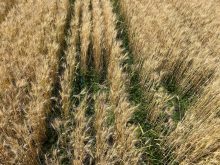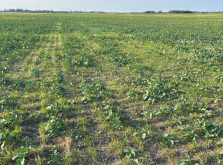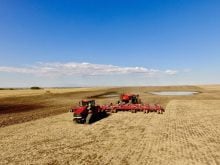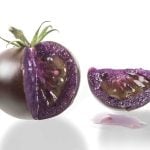Glacier FarmMedia — After multiple years with insufficient moisture and yet another dry summer in 2024, it’s become painfully obvious that Canada’s canola industry needs varieties with improved drought tolerance.
That’s not an easy task for breeders. It is a complicated trait that involves dozens of genes, signals and processes within a plant. There isn’t a magic gene that will preserve canola yields in a year with minimal rain.
However, researchers with Agriculture and Agri-Food Canada in Saskatoon are studying the microbes that live near the roots of canola plants to see if a partial solution can be found in the soil.
Read Also

Health hazards are often overlooked risks on the farm
While quite different from the dangers posed by farm machinery, hazards such as loud noise or sun exposure require the same proactive attention, the Canadian Agricultural Safety Association says.
“We’re field testing multiple breeding lines that are either drought-tolerant or drought-susceptible … at our farm in Saskatoon,” says Jennifer Town, an AAFC soil microbiologist.
The goal of the project is to identify bacteria and other microbes in the microbiome that may co-operate with canola and provide some help during periods of drought.
“What we’re looking for, is there any difference in the microbiome between the susceptible and the resistant varieties.”
The microbiome is the bacteria, fungi and other microbes that live within a few millimetres of the roots of plants, inside the roots or on the root surface.
“They can really help with nutrient absorption, drought tolerance and overall plant health,” Town said at Ag in Motion near Langham, Sask.
In 2023 and 2024, Town and her fellow scientists planted a selection of canola lines at the AAFC farm in Saskatoon, then they took soil samples and analyzed the community of bacteria and fungi that exist near the roots of canola.
In simple terms, Town hopes to learn if a canola variety with poor drought tolerance has a different community of microbes than a variety with better tolerance.
Town is particularly interested in root exudates and how they influence the community of microbes that live in association with canola.
“The root exudates are organic acids that are secreted by the roots into the soil,” Town says.
“They really help the plant shape the microbiome (and) recruit the microbiomes that it wants to stay healthy.”
In 2023, the AAFC scientists did detect differences in the soil microbiome, but the research is still in the early stages.
“The goal is to use the data to breed more (drought-) resistant cultivars and also potentially develop biologicals that can confer drought (tolerance),” Town says.
Breeding challenge
Designing crops that work in tandem with soil microbes to achieve a desired trait is a relatively new concept in the world of crop development — but some scientists believe it has potential.
“One potential method … is to alter host (plant) genetics to promote the recruitment and growth of beneficial microbes,” says a 2021 paper, Plant Genetics as a Tool for Manipulating Crop Microbiomes: Opportunities and Challenges, written by Maggie Wagner, a University of Kansas plant scientist and soil microbiology expert.
In an interview, Wagner said it’s possible that crops could be designed so they promote the growth of certain bacteria around the roots.
“Imagine you have a particular beneficial microbe … that has an ability to (consume) some chemical that the plant can produce,” Wagner says.
“If the plant is optimized to produce that chemical, that would set up a situation where … that beneficial microbe will have a competitive advantage.”
Wagner’s general comments apply to Town’s specific research on canola.
The AAFC scientist is looking for a certain chemistry of root exudates that support a specific group of microbes near canola roots.
Assuming those bacteria help the plant when soil conditions are dry, it might be possible to improve drought resistance in canola.
“The root exudate profile, if there are differences, that might help from a breeding perspective … to help breed more (drought-) tolerant canola,” Town says.
Another option is to isolate the beneficial microbes and develop a biological spray that can help canola during periods of drought.
“We have another two years” for the project, Town says. “Hopefully, if we have some success, we can keep it going.”
















